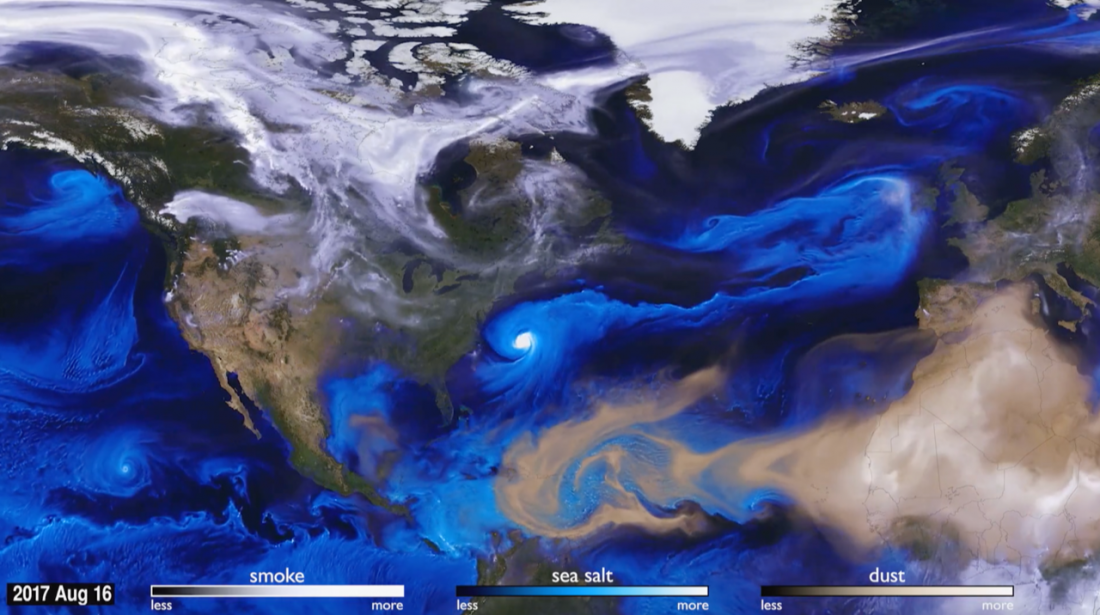Science and Mathematics
K.D. Nelson Lecture: Dr. Sarah Aarons
March 18, 2021 at 4:00pm – 6:00pm EDT
Falk Complex
This event has already occurred. The information may no longer be valid.

The Department of Earth & Environmental Sciences in the College of Arts and Sciences presents the K.D. Nelson Lecture Series featuring guest speaker, Dr. Sarah Aarons from U.C. San Diego. Her talk is titled, The role of dust on Earth’s climate: insights from the paleoclimate record & modern ecosystems.
Dust is a long-recognized component of the lithosphere-atmosphere-ocean system, strongly linked to variations in Earth’s climate. Dust is fine grained sediment that is associated with dry, arid areas where constant wind erosion and lack of vegetation allows for the accumulation of large amounts available for transport via wind. Dust is also an important constituent in high latitude, Polar regions, formed by the physical grinding of ice sheets and glaciers over bedrock, where rapid advances during cold periods produce large amounts, or rapid retreats leave behind a layer of sediment previously covered by ice. The generation and transport of dust from a source area to its sink is strongly related to climate on timescales ranging from seasonal to glacial-interglacial, and can be an important source of critical nutrients capable of enhancing primary productivity in both terrestrial and marine environments. In this seminar, I will discuss dust compositional variations to a montane ecosystem in the context of catastrophic drought conditions, and the role of dust as a source of nutrients to this site. Another aspect of the dust cycle is its behavior on longer timescales; changes in the composition of dust trapped in Antarctic ice provide evidence of past atmospheric circulation and earth surface conditions. I will discuss the sources and transport pathways of dust to East Antarctica during the climate transitions spanning from the last interglacial period (130,000 years ago) to the present. Distinct dust compositions during separate interglacial periods suggest significant differences in conditions at the dust source areas and a large-scale shift in atmospheric dynamics to this peripheral Antarctic site, perhaps precipitated by deglacial conditions and a reduction of the West Antarctic Ice Sheet.
*Please email trbhatta@syr.edu for Zoom info.
This event was published on March 11, 2021.
Event Details
- Category
- Science and Mathematics
- Region
- New York Campus
- Open to
- Public
- Contact
- Tripti Bhattacharya
trbhatta@syr.edu
- Accessibility
- Contact Tripti Bhattacharya to request accommodations
